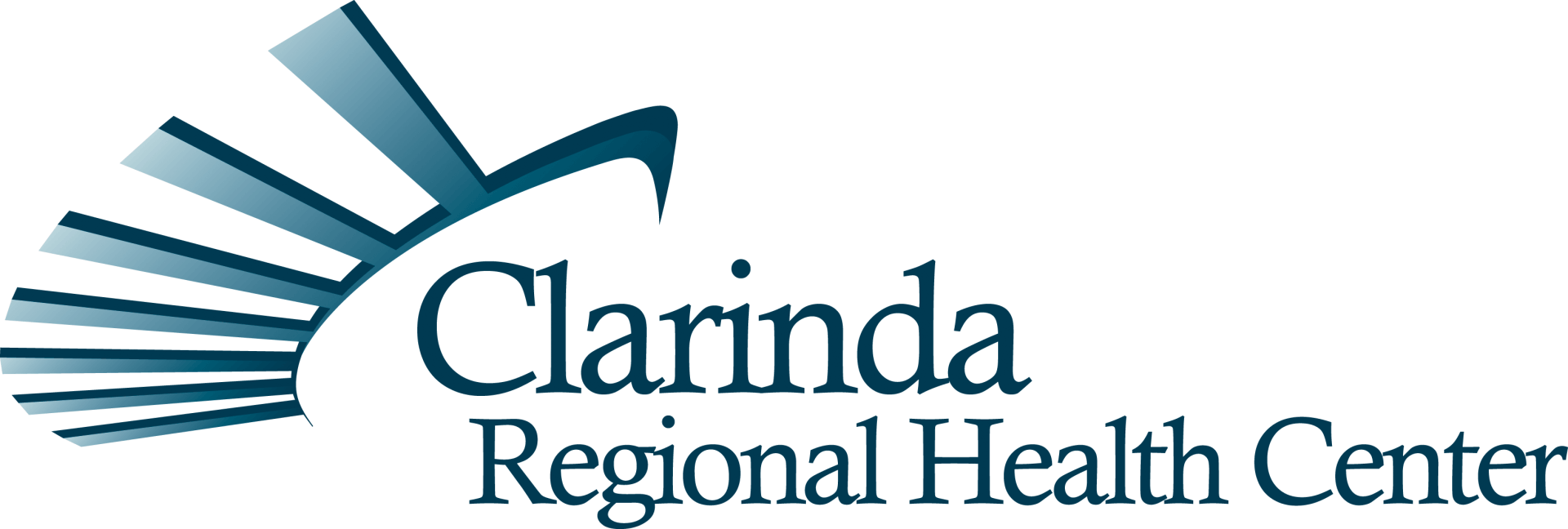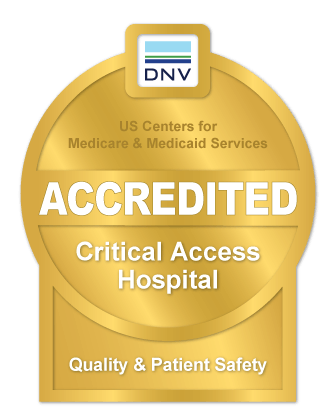Recovery

Pain Management:
Comfort is the Goal:
Pain Control Management:
Appropriate pain management is important in the healing and recovery process. Opioid medicine may be appropriate in the immediate period after surgery when your pain is severe. However, it is important to understand that opioid medicine has some risks and should be used only as directed by your doctor. It is much easier to manage pain if you take pain medicine before it gets severe.
Your doctor will prescribe pain medicine that is appropriate for you. Every person is unique and your doctor will use pain medicine that is individualized for your needs. It is important to work with your health care providers so your pain can be managed effectively. It may be dangerous to get rid of all of your pain, but if your pain is managed well, you will be able to do the things you need to do for a safe recovery.
While pain medicines have some addiction risks, adequately managing pain after surgery is important for healing. Pain medicine should be taken during your recovery as directed by your health care provider. After your recovery is complete, pain medications should be disposed of properly.
Nerve Blocks:
Pain relief may be provided by a nerve block. A long-acting anesthetic is injected into a specific area, which keeps the area numb for several hours after surgery. This block significantly reduces the amount of pain medication needed. In some cases, a nerve block may be used for the anesthesia for the surgery, but you'll also be given medications during your surgery to keep you sleepy.
Oral Pain Medications:
Request your pain medication when you're beginning to feel uncomfortable - don't wait until your pain is severe. If you'll require pain medication at home, you'll be given a prescription for pain medication before you leave the hospital. The hospital does not fill outpatient prescriptions. Planning ahead to have your prescription filled after you leave the hospital is an important part of your home care.
Post-op Exercises:
Postoperative exercises are extremely important. Activity stimulates circulation and deep breathing speeds recovery. Don't wait to be prompted - ask your caregiver if you can begin activity. Remember that you're part of your health care team.
Ask for help if you need to move around. Some exercises you can do on your own, such as deep breathing and coughing.
For your lungs:
Deep breathing and coughing help prevent pneumonia after surgery. Take a slow, deep breath and hold it for a second or two, then push the air our of your lungs with a deep, strong cough. For abdominal surgeries, place a pillow over your incision and apply gentle pressure to this area as you cough. This helps support your incision and lessens your discomfort. You may be asked to use an incentive spirometer. This is a small plastic device that encourages you to breathe effectively. Your preadmission nurse will teach you how to use the spirometer, if needed.
For your circulation:
Walking will help you recover faster and return to normal. Be sure to have help the first few times you get out of bed and begin walking. Don't overdo it. Gradually increase your activity.
Turn from side-to-side or side-to-back, unless this is not allowed with your surgery. Change positions every one to two hours - it helps your lungs and your circulation when you move around.
Your risk of forming a blood clot increases whenever the movement of blood is sluggish or if the blood vessel is diseased or damaged. To help prevent this from occurring, do these exercises every one to two hours when you are awake:
► Push your toes toward the foot of the bed. Relax both feet. Pull your toes toward your chin. Relax both feet.
► Make circles with both ankles. Bend each knee alternately, sliding your foot up along the bed. Relax.
Your doctor may order sequential compression devices (SCDS) with plastic sleeves that fit around your legs and a motor that attaches to the sleeves with tubing. This motor inflates and deflates the sleeves, which increases the blood flow in your legs.
Relation Techniques:
► Relaxation breathing: Breathe in slowly and deeply. As you breathe out slowly, feel yourself begin to relax and let the tension leave your body. Focus on breathing.
► Mental imaging: Close your eyes and imagine a peaceful and comfortable place. Use this while breathing deeply and thinking peaceful and relaxing thoughts.
► Positioning: Change your position when you become uncomfortable. Use pillows to support your arms, legs and back.
► Music: Listen to your favorite music.
►
Surroundings: Keep the lights and noise in your room as low as possible.

Voted SW Iowa Reader's Choice "Best Hospital" for the Fifth year in a row! Thank you for trusting us for all your healthcare needs.
2018 - 2019 - 2020 - 2021 - 2022
©2024 | Clarinda Regional Health Center | All Rights Reserved | Privacy Practices | Impact Statement
CRHC is an Equal Opportunity Provider. “In accordance with Federal Law and U.S. Department of Agriculture policy, this institution is prohibited from discriminating on the basis of race, color, national origin, sex, color, age or disability color, age,
national origin or ancestry, disability, sexual orientation, gender identity or expression, diagnosis, or source of payment for care, including Medicare, Medicaid, or the Children’s Health Insurance Program (CHIP). (Not all prohibited bases apply to all programs.)
To file a complaint of discrimination, write USDA, Director, Office of Civil Rights, 1400 Independence Avenue, SW, Washington, D. C. 20250-9410 or call (800) 795-3272 (voice), or (202) 720-6832 (TDD) | File a complaint with CRHC


